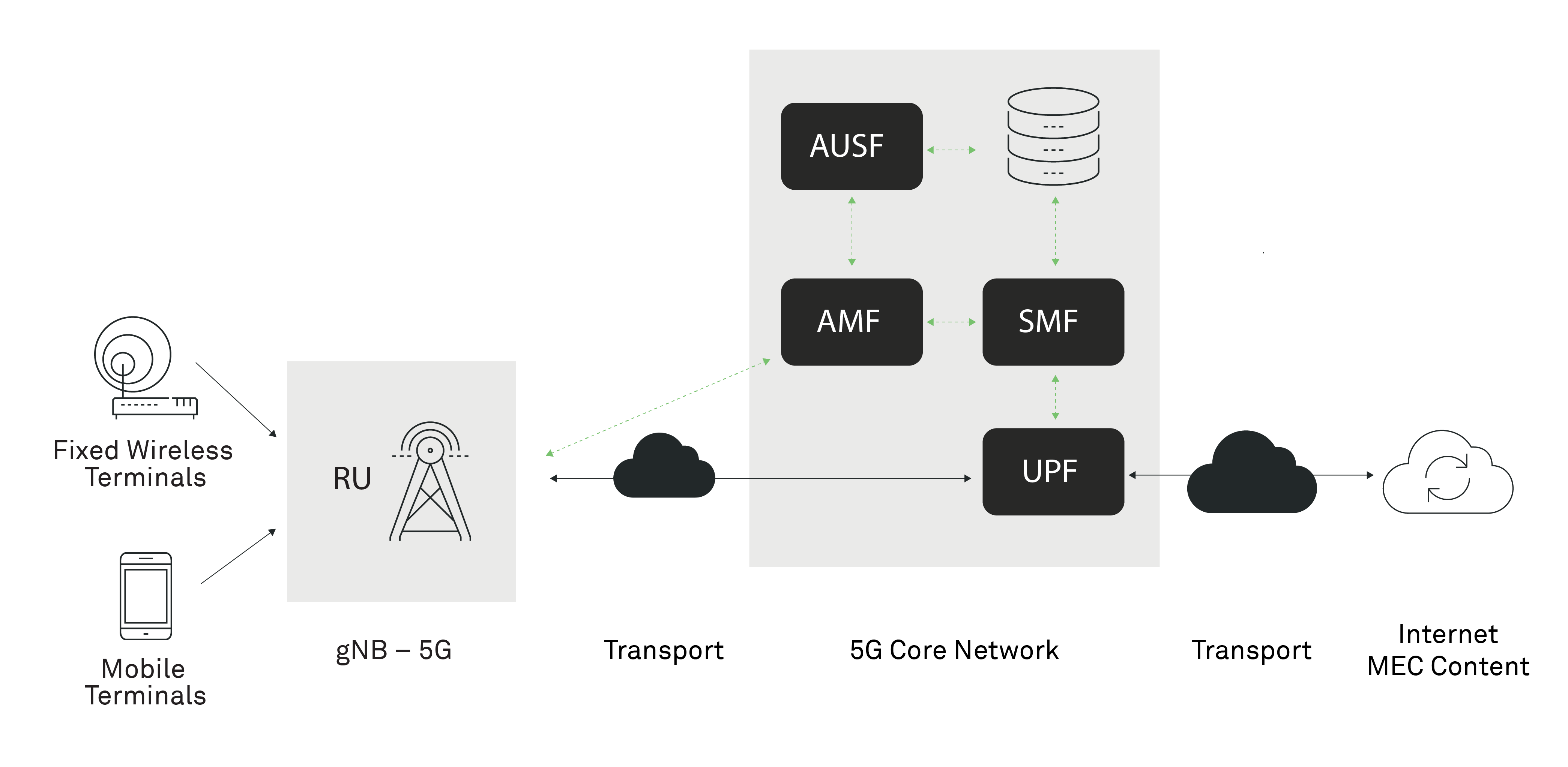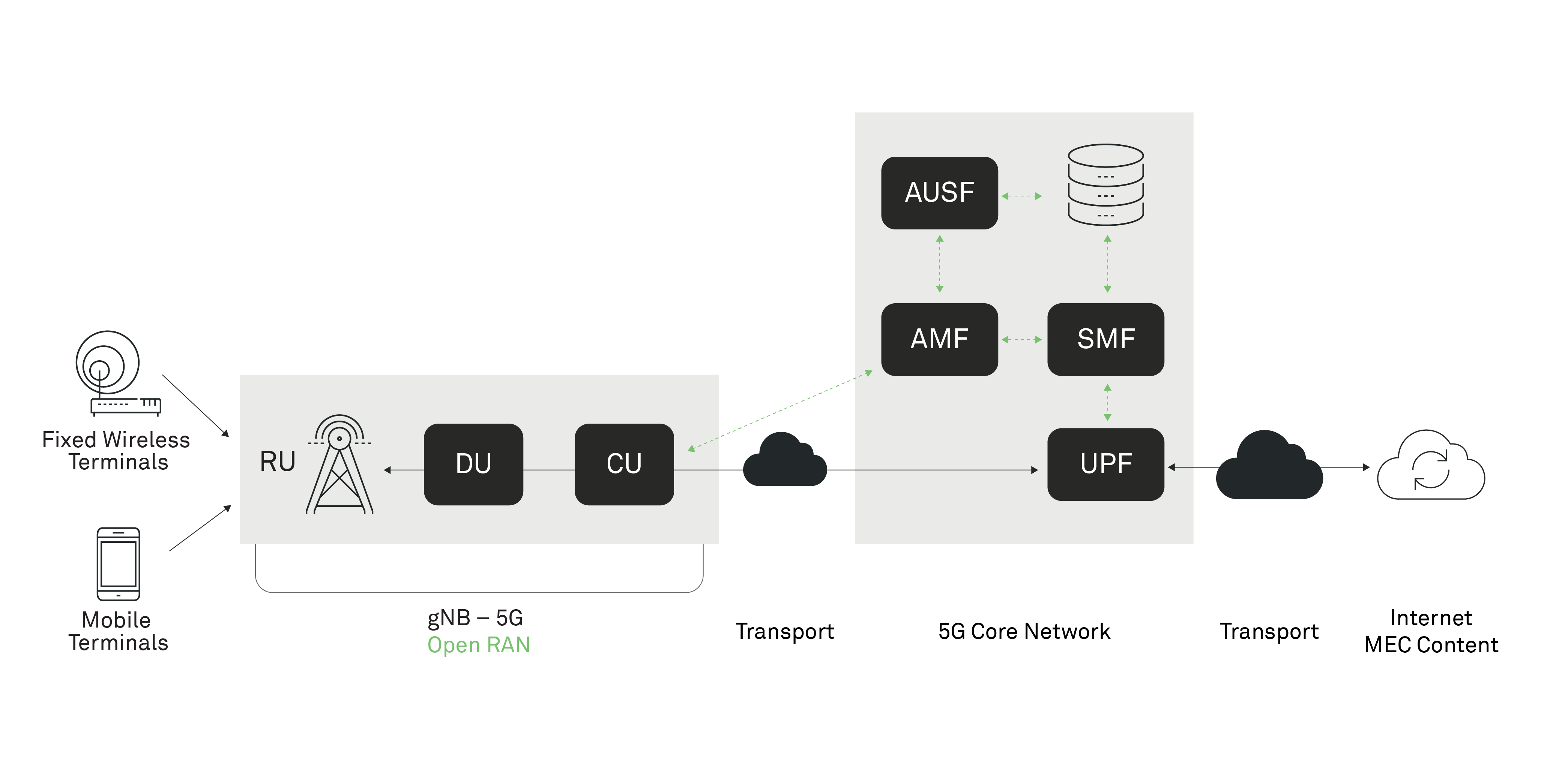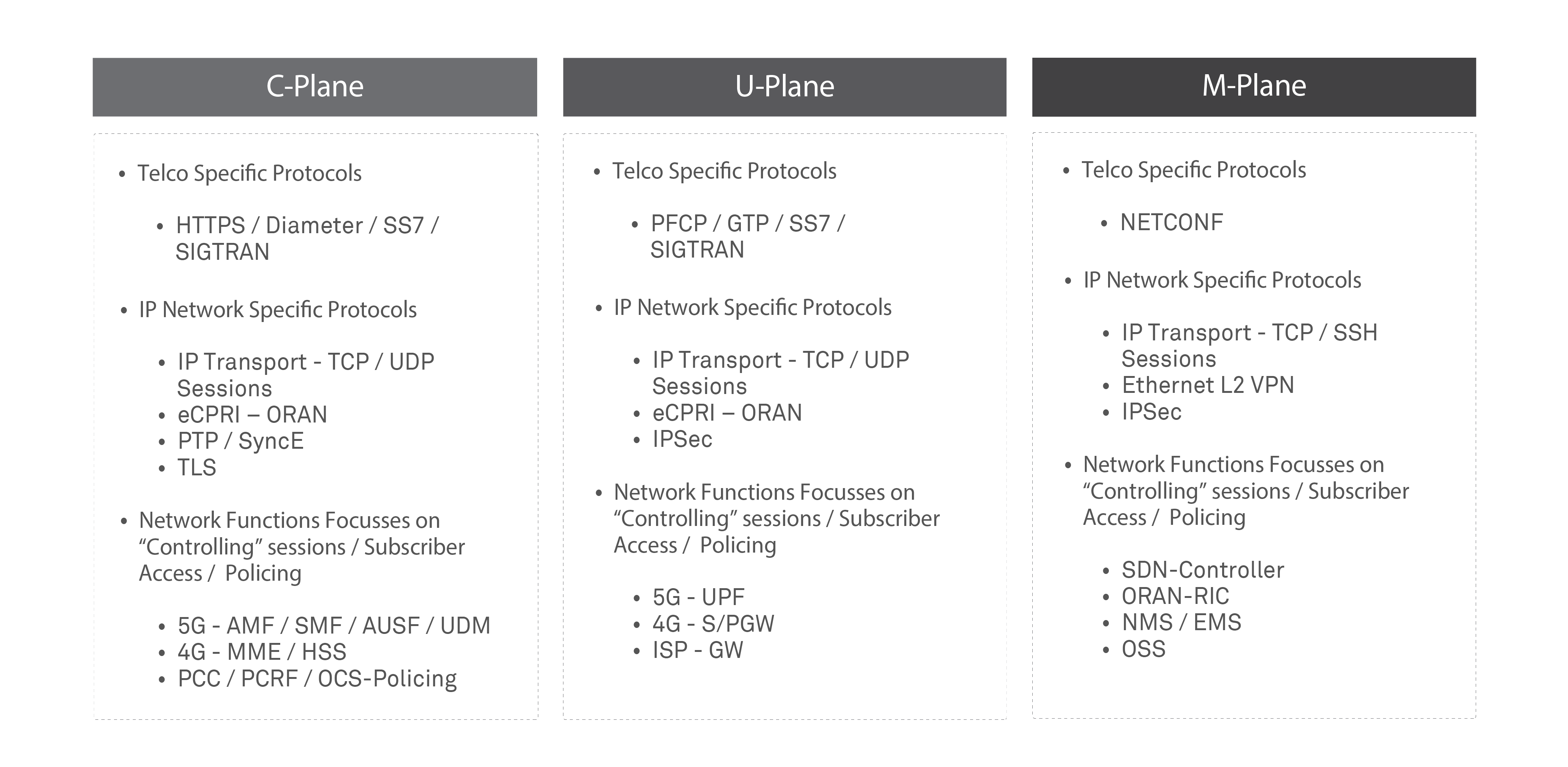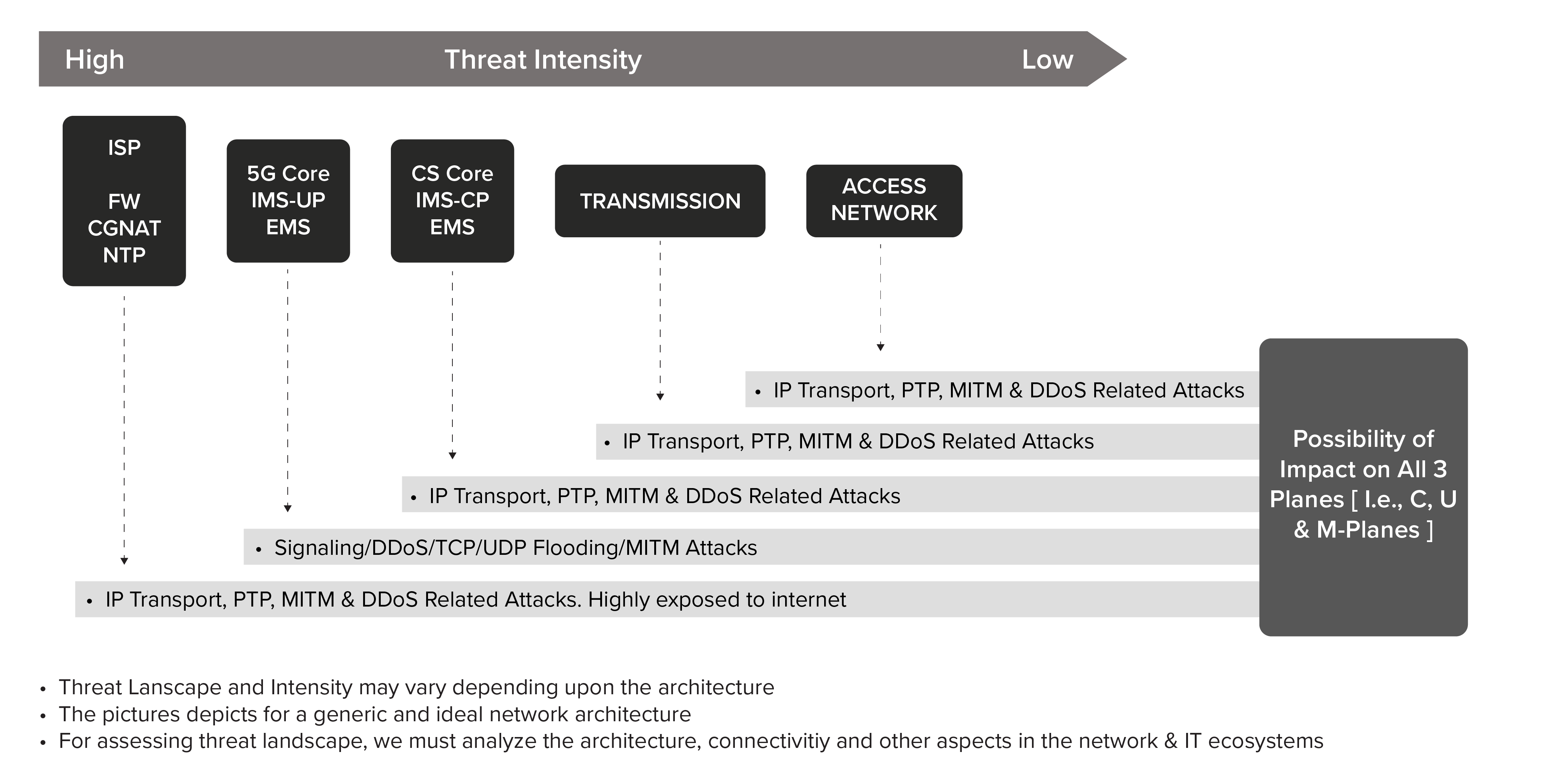The emergence of 5G will revolutionize how we connect and interact with the world. However, with the widespread adoption of 5G, concerns surrounding network security have escalated. The future of 5G network security lies in embracing novel security frameworks and adopting proactive measures to counter emerging threats. In this article, we will delve into the intricacies of 5G network architecture, its key components, its impact on security and strategies to monitor and mitigate associated risks.
5G Network Architecture: An Overview
Compared to its predecessors, 5G technology offers superior bandwidth and lower latency, paving the way for transformative possibilities. The 5G network architecture is comprised of three primary components: the radio access network (RAN), the core network, and the transport network. The RAN connects end-user devices to the core network, which in turn delivers voice, video, and data services, while the transport network connects the core network to the internet.
One notable innovation within 5G is virtualization technology, enabling network slicing services. Network slicing allows the division of a physical network into virtual networks with distinct bandwidth, latency, and security parameters. While this enhances network performance, it also introduces new security vulnerabilities.
 Locations
Locations







